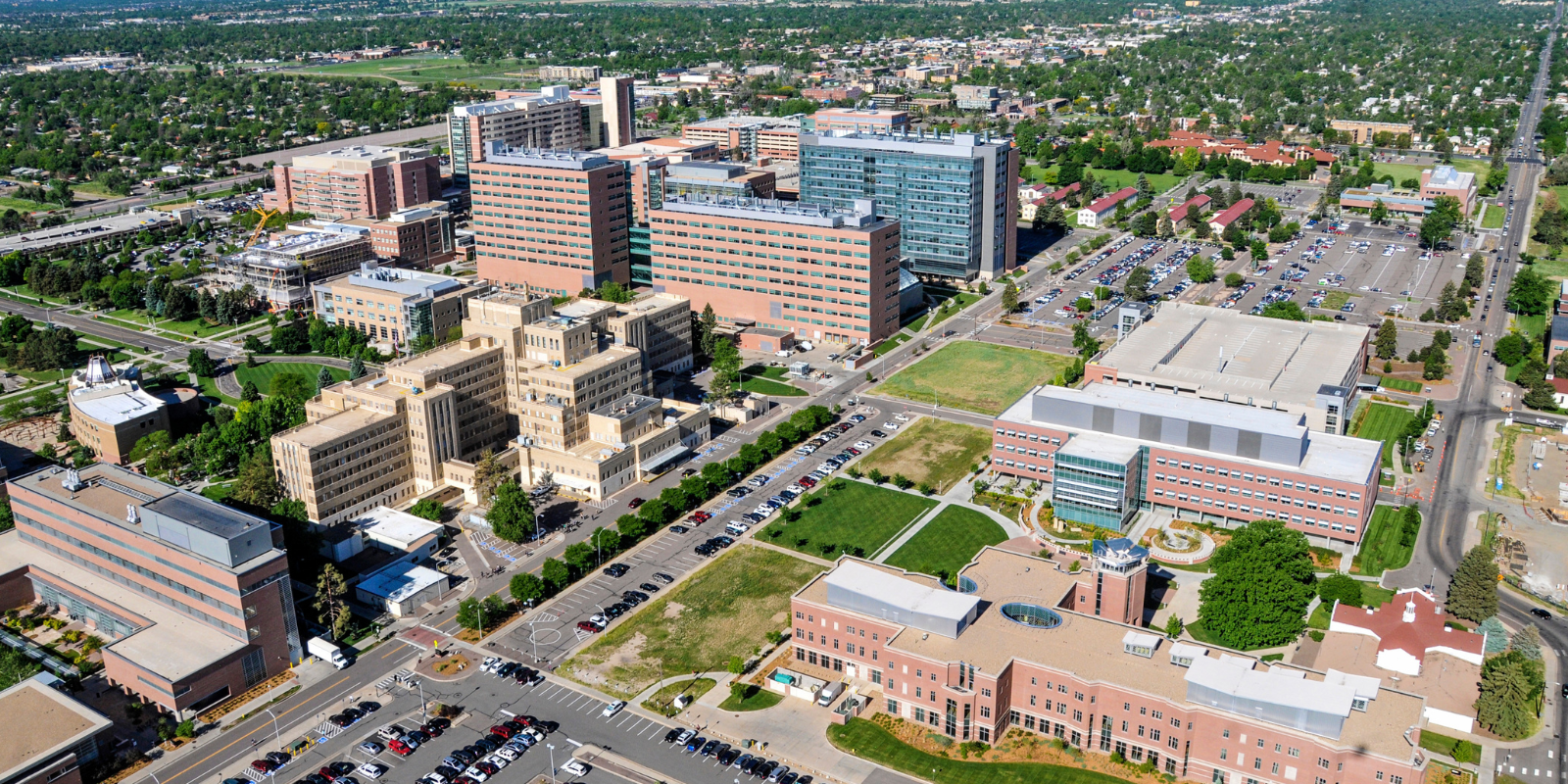Are the stem cells that form our blood and immune systems dictating the course of autoimmune disease? New research raises the possibility, suggesting that memories held within blood stem cells may trigger the often-disabling symptoms of autoimmune disease that flare up over a person’s lifetime.
“We’re looking ‘under the hood’ of the most powerful immune cells we have, and they are ones we never talk about in autoimmune disease,” said Eric Pietras, PhD, associate professor of medicine-hematology at the University of Colorado School of Medicine. “What we’re seeing is that activation of disease flares might not just be about immune cells. The blood stem cells – the cells that give rise to all the immune cells in the body for an entire lifetime – may also be critical players in the process.”
Pietras believes the findings from his latest study may revolutionize how we think about all diseases.
“What we’re learning is that blood stem cells are not just the genetic blueprint for the immune system as we previously thought. They’re also the functional blueprint for the immune system.”
His team is beginning to gather evidence from patients that could determine whether autoimmune disease can become encoded in the blood stem cells. By understanding where the disease originates, as well as the evolving process that links metabolic fuels used by immune cells with the inflammatory response, his lab’s work has the potential to unlock new treatments.
When the immune system attacks healthy cells
The incidence of autoimmune disease is growing, with estimates of 24-50 million people in the United States affected by one of the more than 100 types, from multiple sclerosis to rheumatoid arthritis. It’s characterized by the body’s immune system attacking itself, targeting specific tissues or even multiple organs. Autoimmune disease is typically a life sentence and damaging to quality of life.
Patients with autoimmune disease traditionally have been treated with a “sledgehammer” approach – powerful drugs such as steroids that suppress the immune system. Today, therapies such as biologics offer a more targeted option. But the challenge with autoimmunity is that it's a lifelong disease with a remitting-relapsing course. Over their lifetimes, even people on therapy can experience disease flare-ups that feel as bad, if not worse, than when they were first diagnosed.
“What previous studies taught us is that there was an immunological memory that we didn't know about. And that immunological memory was actually not specific to the antigens the vaccine induced for these T cells to remember."
– Eric Pietras, PhD
The question plaguing immunologists
Pietras and his team started with a question that the immunology field has been grappling with for years: How does the immune system "remember" to develop a flare (an outburst of autoimmunity that triggers symptoms of the particular disease)? The researchers aimed to understand how the body retains immunological memory that allows flares to reactivate over time.
Using animal models, the scientists set out with a chief goal of understanding how blood stem cells – the master cells that give rise to the immune system – participate in the development of disease. They transplanted blood stem cells from mice with an autoimmune condition called systemic lupus erythematosus (SLE) into healthy mice. They then examined the macrophages (a type of white blood cell that activates immune responses) emerging from those stem cells.
The immune system of the mice that received the SLE blood stem cells were reprogrammed toward a hyper-inflammatory state with different metabolic features than the immune cells from a normal mouse.
How cells hold ‘memory’ and impact immunity
Pietras used vaccines as an example of how certain types of immune cells can hold a memory and influence the rest of the immune system, specifically the body’s chief fighter cells, or T cells. A vaccine introduces a weakened pathogen or its component parts into the body, triggering the immune system to attack that specific foreign invader, while also boosting its “fighter” response to other, unrelated pathogens.
“What previous studies taught us is that there was an immunological memory that we didn't know about. And that immunological memory was actually not specific to the antigens the vaccine induced for these T cells to remember,” Pietras said.
“It was another part of the immune system that was functioning to create this memory. And what we learned is that the other types of white blood cells, known as myeloid cells, seem to be the critical partners here. In our SLE experiments, these cells retained a memory of the disease that helped to turn up inflammation and T cell immunity more than normal myeloid cells.”
Pietras said it’s key to understand that myeloid cells don’t last forever. Considering how autoimmune disease is long-term, he then posed the question: How is it that autoimmune inflammation lasts longer than the lifetime of an individual cell?
It suggests that the source of the memory might be the longest living immune cells in the body – the stem cells that build the entire blood system, including every immune cell.
The metabolism/inflammatory response relationship
Autoimmune disease occurs when the immune system malfunctions. When the immune system is operating correctly, infections in the body change the metabolic state of the immune system to encourage it to respond. In most cases, this response is protective. But in cases of autoimmune disease, it can be harmful.
When Pietras used a mouse model to block the autoimmune cells from being able to access energy (glucose), the inflammatory response was lessened.
“What we saw is that you can actually turn down the autoimmune activity of those cell populations by not allowing them access to energy, suggesting that autoimmunity, in part, is driven by where energy comes from and how it’s used,” he said.
For Pietras, this means it’s important to understand how the metabolic state of the stem cell changes over time. He believes that because blood stem cells exist over many years, metabolic changes in the stem cells themselves could be the trigger for the autoimmune response.
Because metabolic states are highly changeable, Pietras said it’s possible they are influenced by epigenetic changes (changes that are inherited by cells without rewriting their DNA code). “We think epigenetic changes are crucial for transmitting autoimmune traits across generations of immune cells over time.”
Given that epigenetic-modifying drugs exist, could it mean the collection of epigenetic marks on the cells could be modified? Pietras said they are still learning what might be useful in this context. “We still don’t know how exactly the new memory ‘code’ gets written into stem cells and changes how the immune system behaves.”
Pietras cautioned that while the study opens new doors for research, it’s not understood how an autoimmune condition affects the evolution of blood stem cells, how inflammation impacts the longevity of epigenetic changes and whether these changes persist in the long term.
“One of the most important priorities right now is to look at patients and understand previously underappreciated data, including how patients with autoimmune disease do over time. The really important next step is to try to determine if we can find what we’ve seen in our models in the blood stem cells of autoimmune patients,” Pietras said.
There are more than 100 known autoimmune disorders. Here are some well-known presentations of autoimmunity.
- Type 1 diabetes
- Multiple sclerosis
- Systemic lupus erythematosus (SLE, or lupus)
- Rheumatoid arthritis
- Crohn’s disease
- Ulcerative colitis
- Psoriasis
- Hashimoto’s thyroiditis
- Grave’s disease
- Vasculitis


.png)

